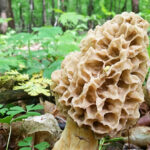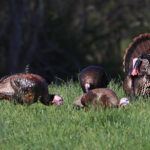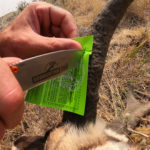Killing a deer that doesn’t want to be killed is no easy order to fill, but it’s a little easier during the early season. Still, there are steps to take and things to consider if a bowhunter wishes to close the distance between them and that wall hanger they’ve been drooling over all summer.
Understand the Dynamic
It’s important to realize this is the best time of year to kill mature bucks. The rut might take second place, but likely falls behind even the late season. Regardless, due to a lack of hunting pressure, deer are more vulnerable during the early season than any other time of the year.
Bachelor groups are a big part of the deal, too, and those who find mature deer running with 1 ½- and 2 ½-year-old bucks should take heed of the opportunity. I’ve noticed time and again that these deer tend to exhibit behaviors of their younger cohorts, and are more susceptible to daylight movement.
This phase doesn’t come without its challenges, though. Heat is the primary problem. Still, deer should travel at times. (They move in the heat throughout summer.) My experience is decreased warmer-day movement becomes more of a factor once hunting pressure enters the equation, and once winter coats come in.
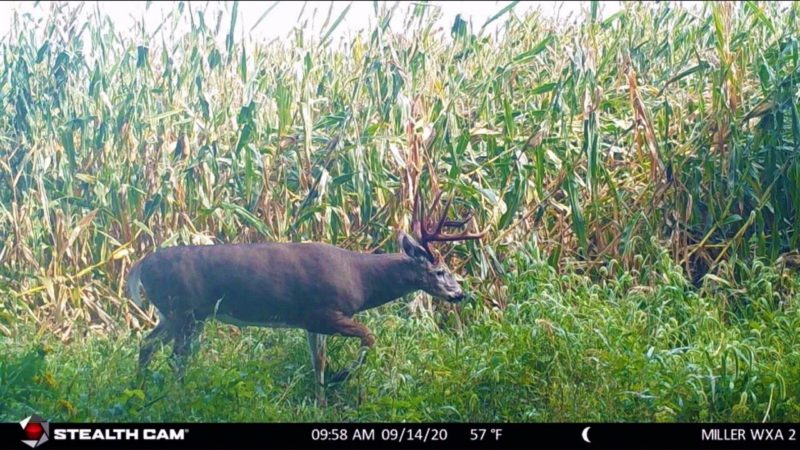
Wind is another factor. This time of year, easterlies are pretty common, and few hunters plan stand locations for that. Keep this in mind when prepping during the pre-season.
Due to heat and wind, wear light clothing. Find a scent regimen that works for you, and then make it a habit. Keep your hunting clothes, boots and gear stowed in places where outside scent has a difficult time getting to them, and make your entire process a habit.
And don’t forget about those nasty bugs. Biting blood-suckers of all sorts have ruined many a hunt. The last thing you want is to be smacking a skeeter on the rear while a big, fat deer walks into bow range. They make ThermaCell units for a reason.
Find the Target
Once in the right frame of mind, the next step is locating a target deer. Filling the freezer shouldn’t be too challenging, but tagging a big old buck can be. In mismanaged and lesser areas, finding a good deer is half the battle.
Fresh sign can help with this. Look for rubs, scrapes, tracks and other evidence of older whitetails. Don’t discount small rubs, either. Deer are just beginning to dot the landscapes with these. It might take some time to produce those thigh-sized beauties we all love to see.
Trail cameras also help with this process. Post these in high-traffic areas such as food sources, water sources, inside corners of fields, trail intersections, real and mock scrapes, etc. Check them sparingly, and with low-impact approaches.
If trail cameras don’t yield results, glass of an afternoon to see where deer emerge from. Even if you just see does and small bucks, there’s a good chance the bigger deer not reaching fields during daylight are coming from similar directions.
Once a target buck is located, and if you decide morning hunts are too risky, use that time to roost a buck. Glass open fields and food sources at daylight to see where deer go back to bed. This is a valuable information when planning for afternoon hunts.
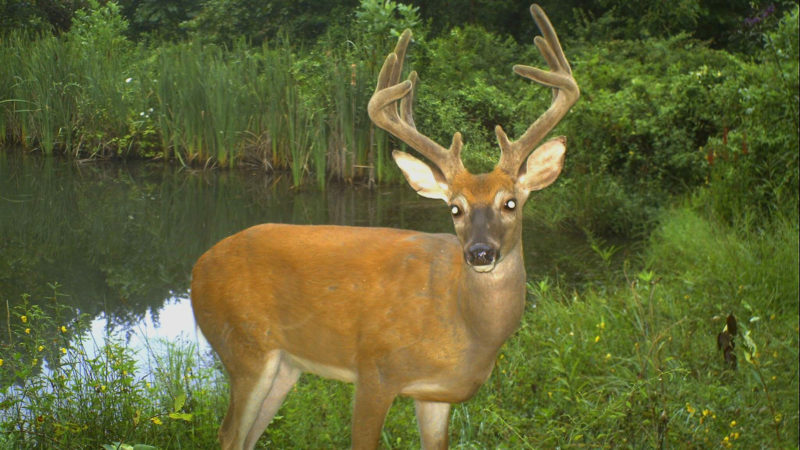
Find the Food and Water
Initial food sources to consider include ag, such as corn, soybeans, and alfalfa. Green food plots are solid this time of year, especially certain varieties of peas, chicory, clover, lablab and other legumes.
General browse is underrated during the early season. That’s the stuff deer live off of the majority of the year, including September and early October. Consider that.
Soft mast becomes especially popular in mid- to late-September. Persimmons, plums, pears and apples are majors draws. This is impactful when planning stands and hunts.
Hard mast, such as acorns, have serious influence over deer behavior, too. These usually begin dropping in early- or mid-September, changing deer patterns in the blink of an eye. When scouting, look for white, red, black, water, pin, post and all the other oaks that generally grow where you hunt. Target the varieties with lower tannin (bitterness) levels, such as those in the white oak family. Deer prefer these over less-tasty subspecies.
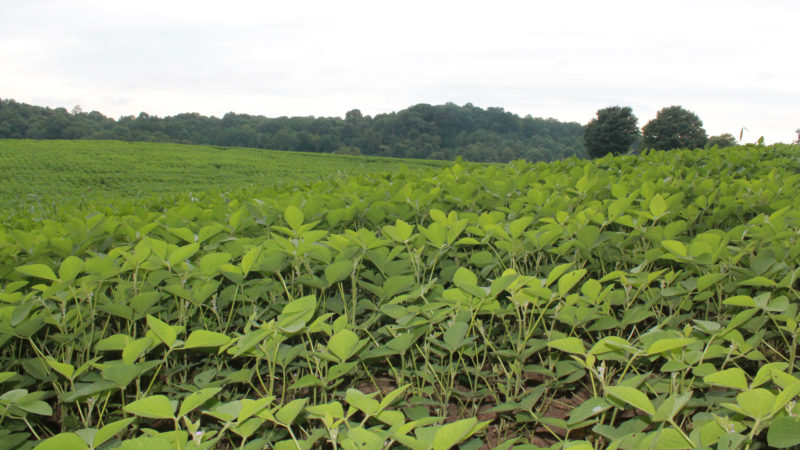
All food factors considered, don’t be surprised when changing food sources spark a sudden shift in patterns. This is part of the October lull misconception. Research (https://www.qdma.com/3-studies-3-strikes-october-lull) proves there is no lull (decreased daylight movement), only a change in general travel patterns.
Grub aside, don’t overlook water, either. If water is in great supply where you hunt, it doesn’t hold as much hunting power. However, if water sources are limited near you, take that advantage and hunt close to water sources. Deer drink — a lot, and generally head to water when they rise from their daily slumber.
Drill Down on Beds
While food and water are important, it doesn’t help if there’s no bedding cover nearby. It doesn’t matter if deer are eating in your food plots if they aren’t making it there until after dark. Pinpoint the best bedding options in the area, and set up between those and food and water.
Beware, it isn’t uncommon for deer to bed close to food sources during the early season. Because of that, don’t immediately dive deep into cover. Start on the fringes and work inward if things don’t work out.
Don’t always expect deer to hit the beans in daylight, though. In some instances, deer travel great distances to reach summertime destination food sources, according to the Quality Deer Management Association (https://www.qdma.com/the-3-biggest-obstacles-to-early-season-deer-hunting/)
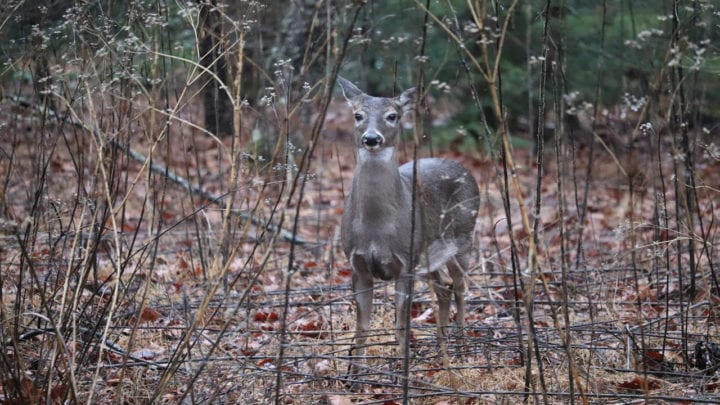
Connect the Dots
Once beds, food and water are plotted, connect the dots via trails and travel routes. It really is all about figuring out how deer get from point A to B, and then intercepting them. Every property will be different in this way, but there are certain geographical features that commonly serve as good spots.
An inside field edge is one of these. Deer gravitate here. Most deer emerge into the open not from a straight line of timber, but from where two tree lines meet.
The lowest spot in fields is another option. Generally, in the afternoon, thermals pull scent from fields down into the lowest points. Deer know this and use that to their advantage. Hunting a just-off wind is key.
Scrapes and mock scrapes along trails and staging areas can also produce. That’s something to remember when setting up shop. It’s important to note that staging areas always look different, but share similar characteristics and allow deer both small food sources and security cover as they work toward major fields.
Once on the hunt, don’t discount the hang-and-hunt method. If you can do so without making noise, it’s a dynamite strategy for being mobile and catching deer off-guard. Being quiet is critical, though, as a small clank of metal, or one loud patch of velcro can ruin a hunt.
Then, once the plan is in place, choose a good entry and exit route. Obviously, the goal is to kill that deer the first trip in, but it rarely works out that way. Be prepared for this and take caution not to spook deer going in or out.
While afternoons are usually best during the early season, don’t discount mornings. Given the right situation, it can be just as efficient as hunting later in the day. Every property is different, though, and the risk vs. reward relies greatly on property layout and how deer maneuver it.
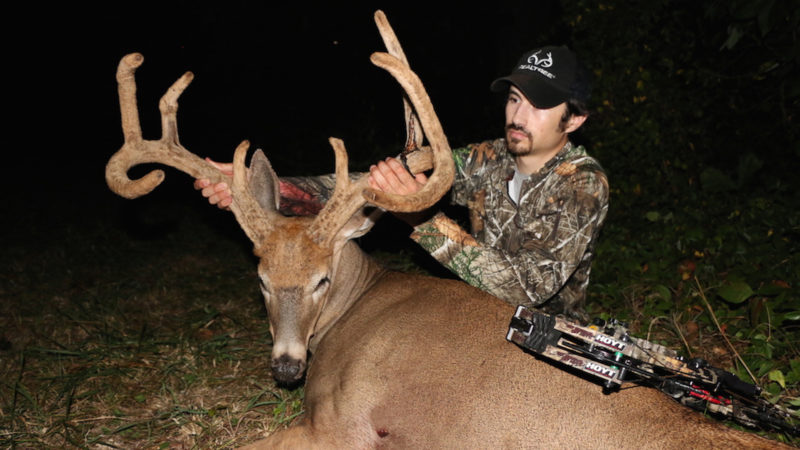
In regard to odds, while most days are good during the early season, the best ones involve weather changes. I’ve noticed better movement during temperature drops (at least 10 degrees of difference in the highs within 24 hours). If you see that in the extended forecast, it might prove beneficial to stay out of the best spots until such opportunities crop up.
All things considered, deer season is here. It’s time to hunt. Be meticulous, but don’t overthink things. Go with your gut. Use those instincts. Those aren’t whims, they’re intuitions backed by experience. Then, when they prove right and that deer steps out, send it.

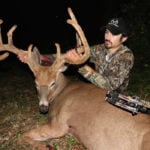 By
By 